What’s In Singapore’s Sweet Treats?
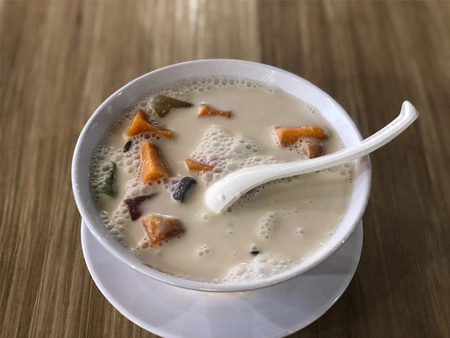
Singapore celebrates her 54th birthday this year and what party is complete without good food? Of course Singapore is also known as a food paradise with many delicious desserts. But do you know that some of our most popular desserts just will not taste the same without some essential ingredients taken from our gardens?
Learn about five such plant ingredients in our favourite sweet treats. Bon appetit!
Cheng Tng Tree
Photo credit: Boo Chih Min and Pedro Shiu
The leaves of the Cheng Tng Tree help indicate the age of the plant.
Cheng Tng, a sweet treat of gingko nuts, red dates, lotus seeds, white fungus and longans, simply won’t taste the same without the jelly-like substance that adds taste and texture. This is derived from the seed of the Cheng Tng Tree which is soaked in water, resulting in a brown gelatinous layer that forms around the seed. This layer serves as the nutrient matrix for the seed and is also used in the dessert.
The Cheng Tng Tree (Scaphium macropodum) grows up to 45 m tall with flowers that are insect-pollinated. A young tree is easily recognised by its palmately lobed leaves. As the tree matures, the leaves produced by the tree have gradually fewer lobes. When fully mature, its crown consists of completely un-lobed leaves.
Pandan
Pandan leaves are used to flavour many local dishes and desserts, including the Pandan Chiffon Cake.
Photo credit: Jennie Tang Yurue and Felix Siew
How differently will so many of our desserts taste without the fragrant pandan leaves? While chiffon cake now comes in different flavours, the Pandan Chiffon Cake can still evoke memories of tea time with grandma for a whole generation of Singaporeans. And what about Kueh Dadar? This pandan-flavoured crepe stuffed with yummy coconut shavings is a must-have for many Peranakan families. And of course Pandan is an essential ingredient in creating the delicious flavour and fragrance of dishes like Hainanese Chicken Rice.
The Pandan (Pandanus amaryllifolius) is a shrubby tree between 1 to 5 m tall, but continual harvesting of the leaves will prevent it from developing into the tree form. This easy-to-grow species grows best on slopes with moist soil.
Nipah Palm
The fruit of the Nipah Palm produces seeds known locally as attap chee and used in ice kacang.
Photo credit: Felix Siew
Everyone’s favourite treat on a hot day must surely be the ice kacang. Work through the mountain of shaved ice topped with colourful syrup and sweet corn to uncover a base of jelly bits, red beans and the much treasured translucent-white chewy seeds of the Nipah Palm, known locally as attap chee.
The Nipah Palm (Nypa fruticans), also known as the Mangrove Palm, is a medium to large-sized clumping stemless palm. It has alternate, stalked large erect leaves that grow about 4 to 10 m long. Its flowers are insect-pollinated and is the preferred local food plant for the caterpillars of the Palm King and Coconut Skipper. Interestingly, it is one of few palm species recognisable from fossil records that date back 70 million years!
Tapioca
Almost everyone is familiar with the roots of the Tapicoca plant, but did you know that its leaves can also be eaten?
Photo credit: Felix Siew
If you prefer something warm, how about digging into a comforting bowl of bubur cha cha? Chunks of sweet potato and yam bathed in a sweet coconut milk, this dessert is especially beloved by the young thanks to the colourful chewy tapioca cubes.
The root of the Tapicoa (Manihot esculenta) is one of the most important food crops grown in the tropics as a rich source of carbohydrates. The plant is a semi-woody perennial shrub that grows to about 2 m in height. It has dark green leaves that can also be eaten. Generally, tapioca grows easily in most soil types. While it is drought-resistant, it grows best in moist but well-drained sandy loam soils.
Blue Pea
A blue extract from the flower of the Blue Pea is used as a dye to create the unique colour of the Pulut Tai Tai rice cakes.
Photo credit: Jennie Tang Yurue
Pretty to look at, better to taste! The traditional nonya kueh Pulut Tai Tai is a cake prepared from steamed glutinous rice and usually served with kaya, a jam made from coconut. This treat is tinted bright blue thanks to the natural colouring of the petals from the Blue Pea flowers.
The Blue Pea (Clitoria ternatea) or Butterfly Pea is a slender, climbing legume with short, soft hairs on the stem. It has deep roots and funnel-shaped flowers about 4 cm in length. These solitary flowers bloom in colours such as white, pink and dark blue. This blue edible dye can be extracted from the flowers and used in traditional Malay pastries and desserts. Perhaps less known is that the plant’s roots were traditionally used to treat abdominal swelling, sore throats and mucus disorders.
Learning More
Inspired to start gardening? Join our Community in Bloom (CIB) programmes, form your own gardening interest group, or check out our book ‘My Green Space: indoor gardening made simple’! If you want to involve the entire family, join us at our monthly Gardener’s Day Out @ HortPark and meet fellow gardening enthusiasts, participate in eco-friendly workshops and shop for new plants.
For more gardening resources including instructive videos and tips for caring for your plants, click here.
Text by Felix Siew


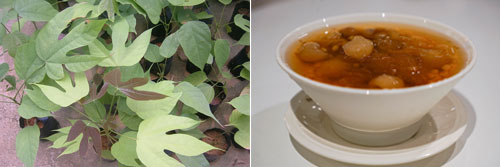
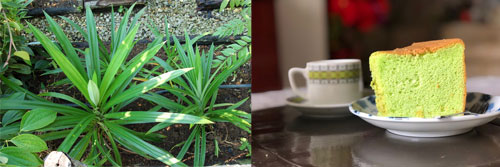
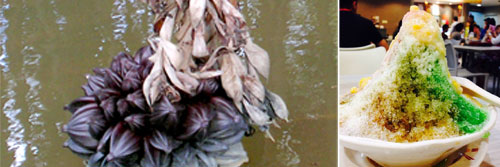
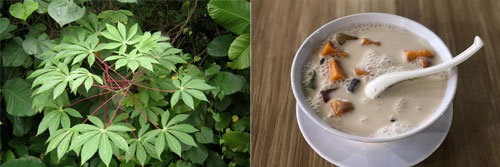
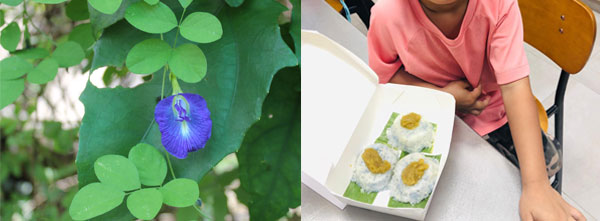
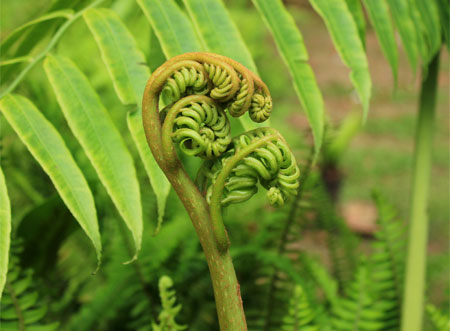
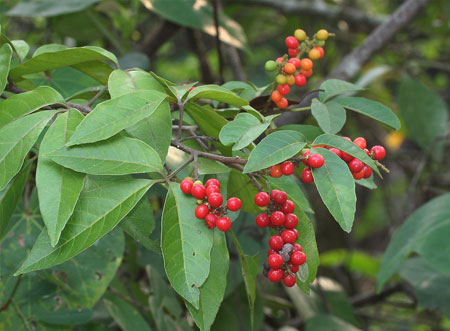
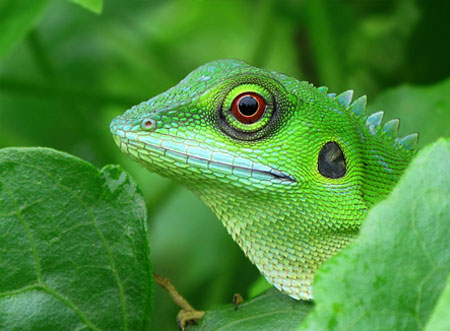
Have views or comments on this article? Let us know via this form. If you would like to give us feedback on any other areas relating to our parks and gardens, please submit via https://www.nparks.gov.sg/feedback